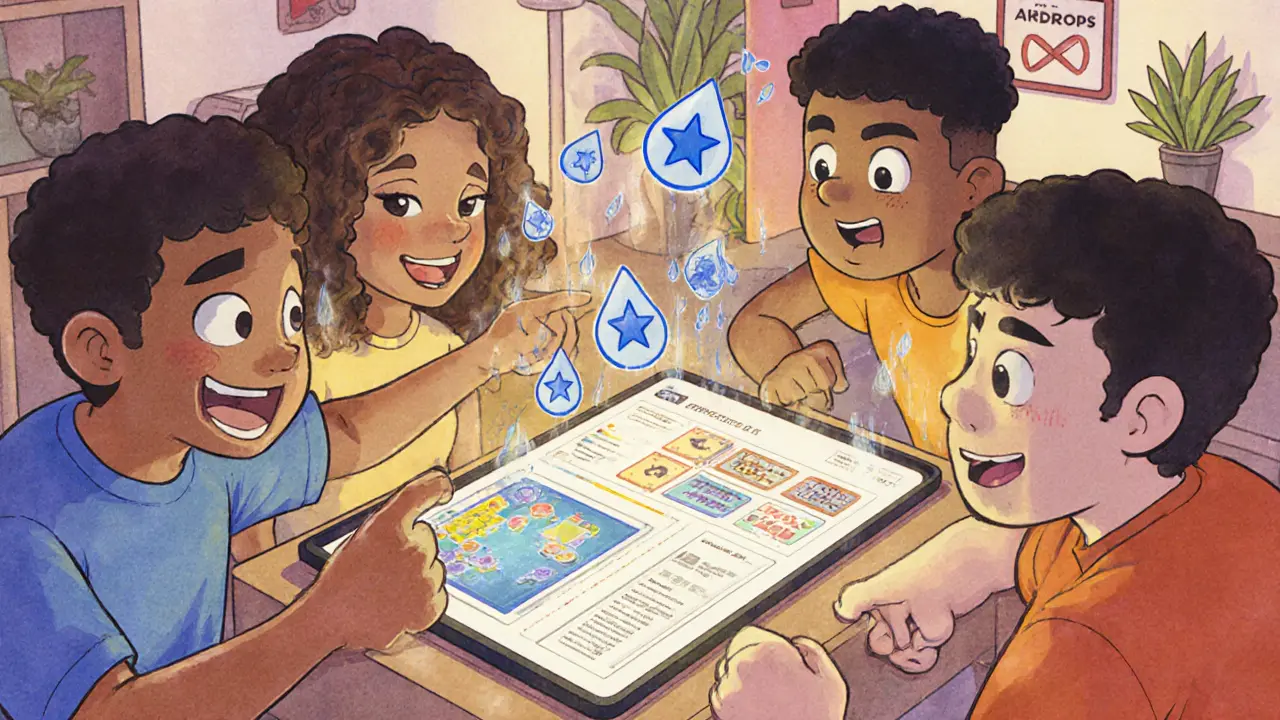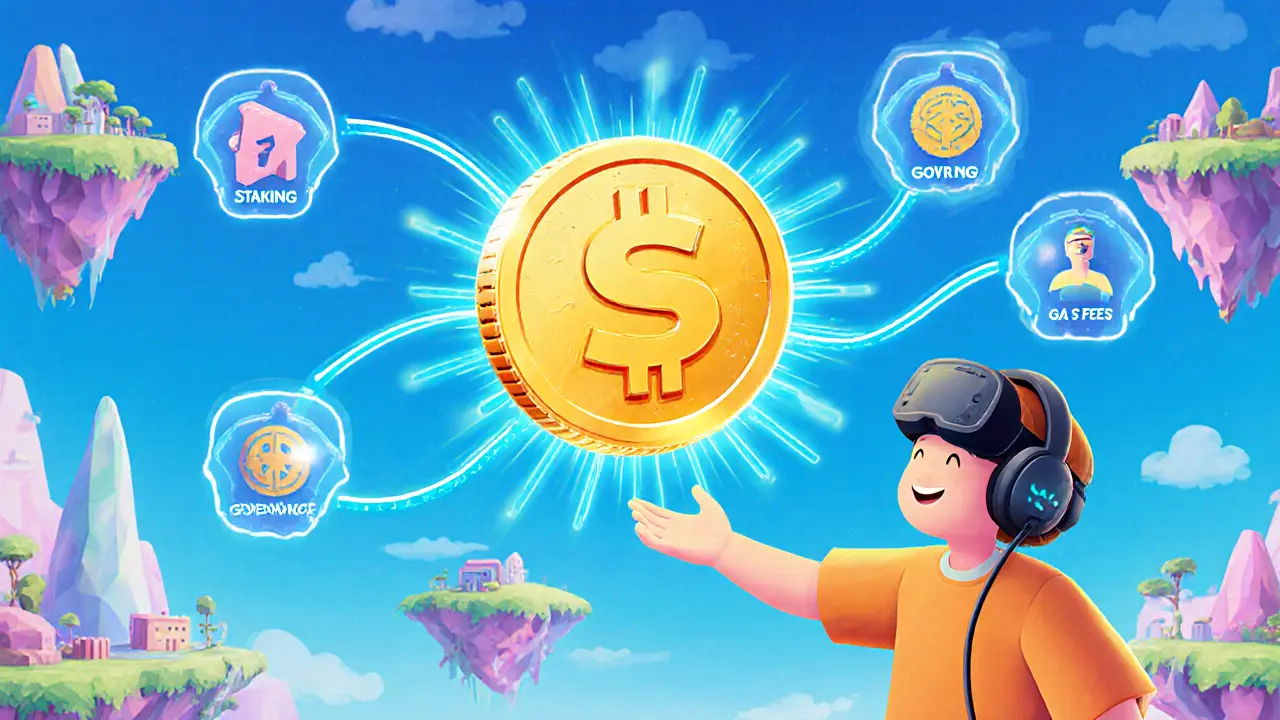Blockchain Gaming: How Crypto Is Changing Play
When exploring blockchain gaming, the fusion of video games and blockchain technology that lets players truly own digital items. Also known as crypto gaming, it creates new ways to earn, trade, and interact inside games. Blockchain gaming encompasses play-to-earn, a model where in‑game actions generate real‑world tokens, and it relies on non-fungible tokens, unique digital assets that can represent characters, skins, or land. Together they form a loop: play‑to‑earn fuels token earnings, NFTs lock ownership, and both feed the expanding metaverse, a shared virtual space where multiple games and experiences intersect. This triple – blockchain gaming, play‑to‑earn, NFTs – drives a new economy where gamers become investors.
Why Tokenomics and DeFi Matter for Gamers
The heart of blockchain gaming is tokenomics, the set of rules that decide how tokens are minted, distributed, and used. Good tokenomics require decentralized finance, financial tools that let players lend, stake, or farm their in‑game tokens without a central bank. This means a player can earn a token by completing a quest, then lock it in a liquidity pool to earn extra yield – a process that blends gaming with real‑world finance. Because many games run on different blockchains, cross‑chain bridges become essential; they let assets move from Ethereum to Solana or Binance Smart Chain while keeping ownership proof intact. Regulation also sneaks in: jurisdictions are starting to treat in‑game tokens like securities, so developers must follow KYC and AML rules. For gamers, understanding these layers helps avoid scams and makes the most of earnings.
Market trends show a rapid rise in sponsorships, esports tournaments, and virtual land sales. Big studios are launching titles that ship with their own native tokens, while indie developers experiment with community‑governed economies. Tools like game‑specific SDKs, token launchpads, and NFT marketplaces lower the barrier to entry, letting creators focus on gameplay instead of blockchain plumbing. At the same time, player‑driven economies create real‑time price signals; a rare sword can fetch thousands of dollars on secondary markets, and price spikes often trigger new game updates. This feedback loop means gamers can influence game design just by how they trade assets, turning them into co‑creators.
The articles in this collection cover everything from regulatory guides and exchange tools to airdrop strategies and security best practices. Whether you’re hunting for the latest play‑to‑earn token, learning how to safeguard your NFT inventory, or figuring out which decentralized exchange works best in restricted regions, you’ll find practical steps and clear explanations. Dive into the posts below to see how the broader crypto ecosystem intersects with blockchain gaming, and get the knowledge you need to turn play into profit.

